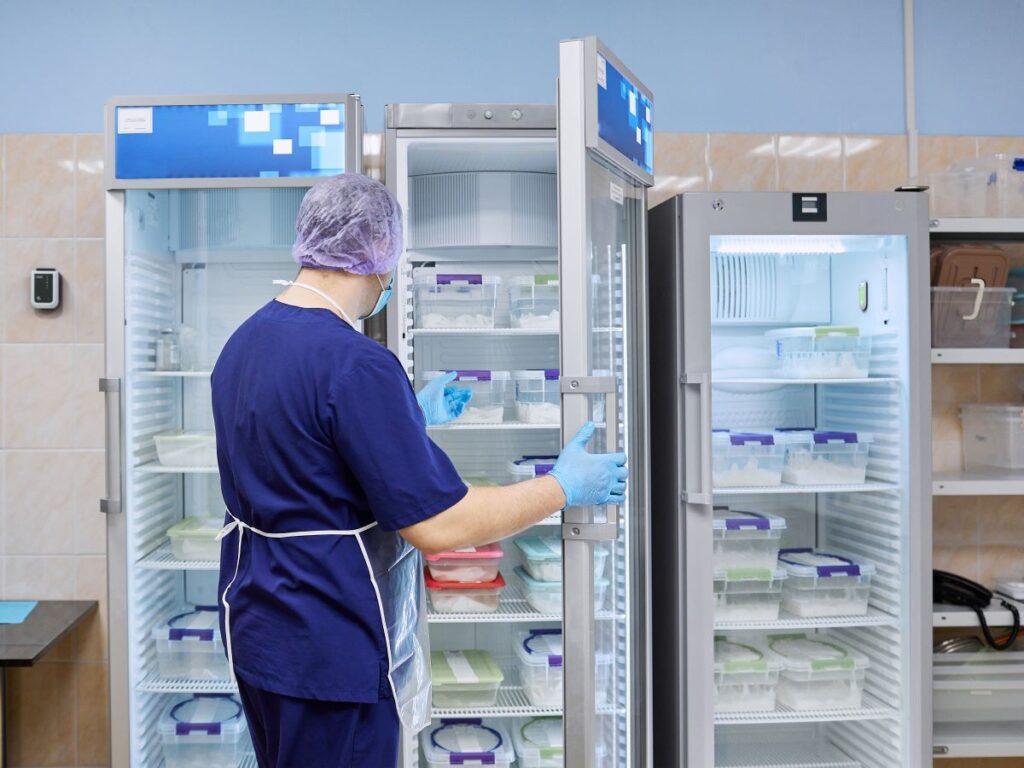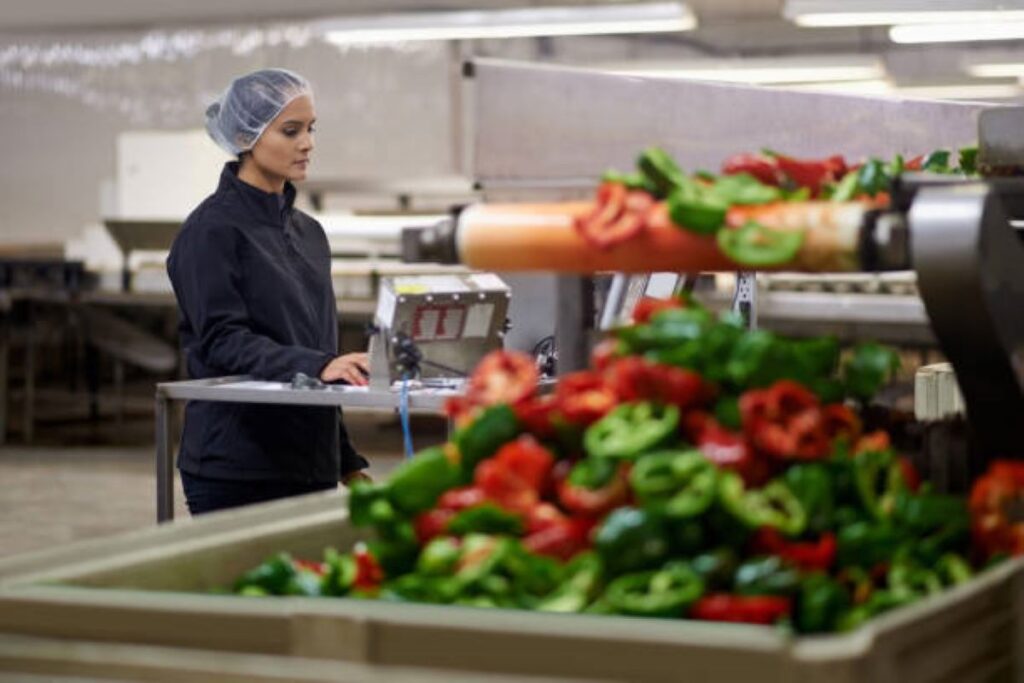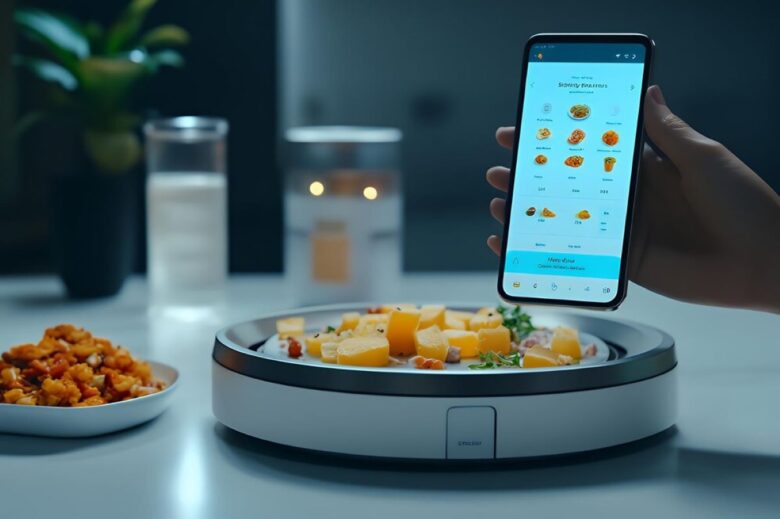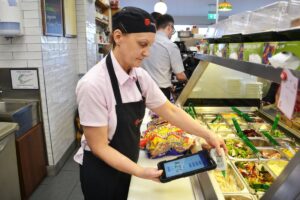In the fast-paced world of food service, maintaining the proper temperature in storage and preparation areas is crucial for both food safety and quality. With the advent of wireless technology, temperature monitoring systems have become more efficient and user-friendly. This article explores the top wireless temperature monitoring systems available for restaurants and food storage, helping operators make informed decisions to protect their business and ensure compliance with health regulations.
Importance of Temperature Monitoring in the Food Industry
Temperature control is a fundamental aspect of food safety. The Australian Food Safety Standards stipulate that food must be stored at specific temperatures to prevent the growth of harmful bacteria. For example, perishable items should be kept below 5°C, while cooked foods must be maintained at temperatures above 60°C. Failure to adhere to these guidelines can lead to foodborne illnesses, resulting in severe consequences for both customers and businesses.
Moreover, the quality of food can be significantly affected by improper temperature management. Ingredients may spoil, lose flavour, or become unsafe to consume, ultimately impacting the restaurant’s reputation. Therefore, investing in a reliable temperature monitoring system is not just a regulatory necessity but also a key component of delivering high-quality food to customers. In addition to safeguarding public health, maintaining optimal temperatures can also enhance the overall dining experience, as customers are more likely to return to establishments that consistently serve fresh and safe food.
Furthermore, the financial implications of neglecting temperature control are considerable. Businesses may face hefty fines or legal action if found in violation of food safety regulations, not to mention the potential loss of customer trust and loyalty. The costs associated with food waste due to spoilage can also add up, making it imperative for food service providers to implement rigorous temperature monitoring practices. By prioritising temperature management, businesses not only protect their patrons but also their bottom line, creating a win-win scenario.
Benefits of Wireless Monitoring Systems
Wireless temperature monitoring systems offer a range of benefits that make them particularly appealing for restaurants and food storage facilities. Firstly, these systems provide real-time monitoring, allowing operators to receive instant alerts if temperatures deviate from the set parameters. This proactive approach enables quick action to rectify potential issues before they escalate.
Additionally, wireless systems eliminate the need for manual temperature checks, which can be time-consuming and prone to human error. Automated data logging ensures that temperature records are accurate and easily accessible for audits or inspections. This feature not only saves time but also enhances compliance with food safety regulations. Moreover, the integration of wireless technology allows for remote monitoring, meaning that managers can keep an eye on temperature fluctuations from anywhere, whether they are on-site or off-site. This flexibility is particularly beneficial for businesses that operate in multiple locations or during off-peak hours, as it ensures continuous oversight without the need for constant physical presence.
Another significant advantage of wireless monitoring systems is their scalability. As businesses grow or change their operations, these systems can be easily expanded or adapted to meet new requirements. Whether a restaurant is adding a new refrigeration unit or a food distribution centre is increasing its storage capacity, wireless monitoring can be adjusted to accommodate these changes seamlessly. This adaptability not only future-proofs the investment but also supports the evolving needs of the food industry, ensuring that safety and quality remain paramount at all times.
Top Wireless Temperature Monitoring Systems
1. SensorPush
SensorPush is a compact and highly effective wireless temperature and humidity monitoring system. Designed for both commercial and residential use, it features a user-friendly mobile app that allows operators to monitor conditions remotely. The system uses Bluetooth technology to connect to smartphones, providing alerts when temperature or humidity levels exceed predefined thresholds.
One of the standout features of SensorPush is its ability to log data continuously, allowing users to review historical trends over time. This information can be invaluable for identifying patterns and making informed decisions about food storage practices. The device is also battery-operated, making it easy to install in various locations without the need for complex wiring.
2. Monnit ALTA
Monnit ALTA offers a comprehensive wireless temperature monitoring solution tailored for the food industry. The system includes a range of sensors that can monitor not just temperature, but also humidity, light, and even door openings. This versatility makes it ideal for restaurants looking to maintain optimal conditions in multiple areas, from walk-in fridges to dry storage.
The Monnit ALTA system features a user-friendly dashboard that provides real-time data and alerts. Operators can customise notifications based on their specific needs, ensuring they are informed of any potential issues immediately. Additionally, the system supports integration with existing building management systems, providing a seamless monitoring experience.

3. Temp Stick
Temp Stick is another excellent choice for restaurants seeking a reliable wireless temperature monitoring system. This device stands out for its simplicity and ease of use. It connects directly to Wi-Fi, eliminating the need for a separate hub or gateway. Users can monitor temperature and humidity levels through a dedicated mobile app, which also sends alerts for any fluctuations.
Temp Stick’s long battery life and robust design make it suitable for various environments, including freezers and refrigerators. The system also offers cloud storage for data, ensuring that historical records are easily accessible for compliance purposes. With its straightforward setup and operation, Temp Stick is a practical option for busy restaurant operators.
Key Features to Consider
Accuracy and Range
When selecting a wireless temperature monitoring system, accuracy is paramount. The device should provide precise readings to ensure compliance with food safety standards. Additionally, consider the range of the wireless signal. Systems that can operate effectively over longer distances are ideal for larger establishments where sensors may be placed in various locations.
Alert Systems
Effective alert systems are crucial for timely interventions. Look for solutions that offer multiple notification methods, such as push notifications, SMS, or email alerts. This ensures that operators are promptly informed of any temperature deviations, allowing them to take immediate action to protect food safety.
Data Logging and Reporting
Data logging capabilities are essential for maintaining compliance with health regulations. A good wireless temperature monitoring system should automatically record temperature readings and generate reports. This feature simplifies the audit process and provides evidence of compliance during inspections.
Installation and Maintenance
Installation ease can significantly impact the overall effectiveness of a temperature monitoring system. Many wireless systems are designed for quick setup, often requiring minimal technical expertise. However, it is essential to assess the specific needs of the restaurant environment to determine the best placement for sensors.
Regular maintenance is also vital to ensure the longevity and accuracy of the system. Periodic checks on batteries, sensor calibration, and software updates should be part of a routine maintenance schedule. This proactive approach helps prevent unexpected failures and ensures continuous monitoring of temperature conditions.
Cost Considerations
When evaluating wireless temperature monitoring systems, cost is an important factor. Prices can vary significantly based on features, brand, and the number of sensors included. While it may be tempting to opt for the least expensive option, investing in a high-quality system can save money in the long run by reducing the risk of food spoilage and ensuring compliance with health regulations.
Additionally, consider the total cost of ownership, which includes installation, maintenance, and potential subscription fees for cloud services or software updates. A comprehensive understanding of these costs will help restaurant operators make informed decisions that align with their budget and operational needs.

Conclusion
Wireless temperature monitoring systems are an essential investment for restaurants and food storage facilities. By ensuring that food is stored at safe temperatures, these systems help protect public health and maintain the quality of food served to customers. The options available today, such as SensorPush, Monnit ALTA, and Temp Stick, offer a range of features that cater to the diverse needs of the food industry.
When selecting a system, it is crucial to consider factors such as accuracy, alert mechanisms, data logging capabilities, and overall cost. By choosing the right wireless temperature monitoring system, restaurant operators can enhance their food safety protocols, streamline operations, and ultimately provide a better dining experience for their customers.
More to Read : Benefits of Remote Temperature Monitoring in Food Service Operations


